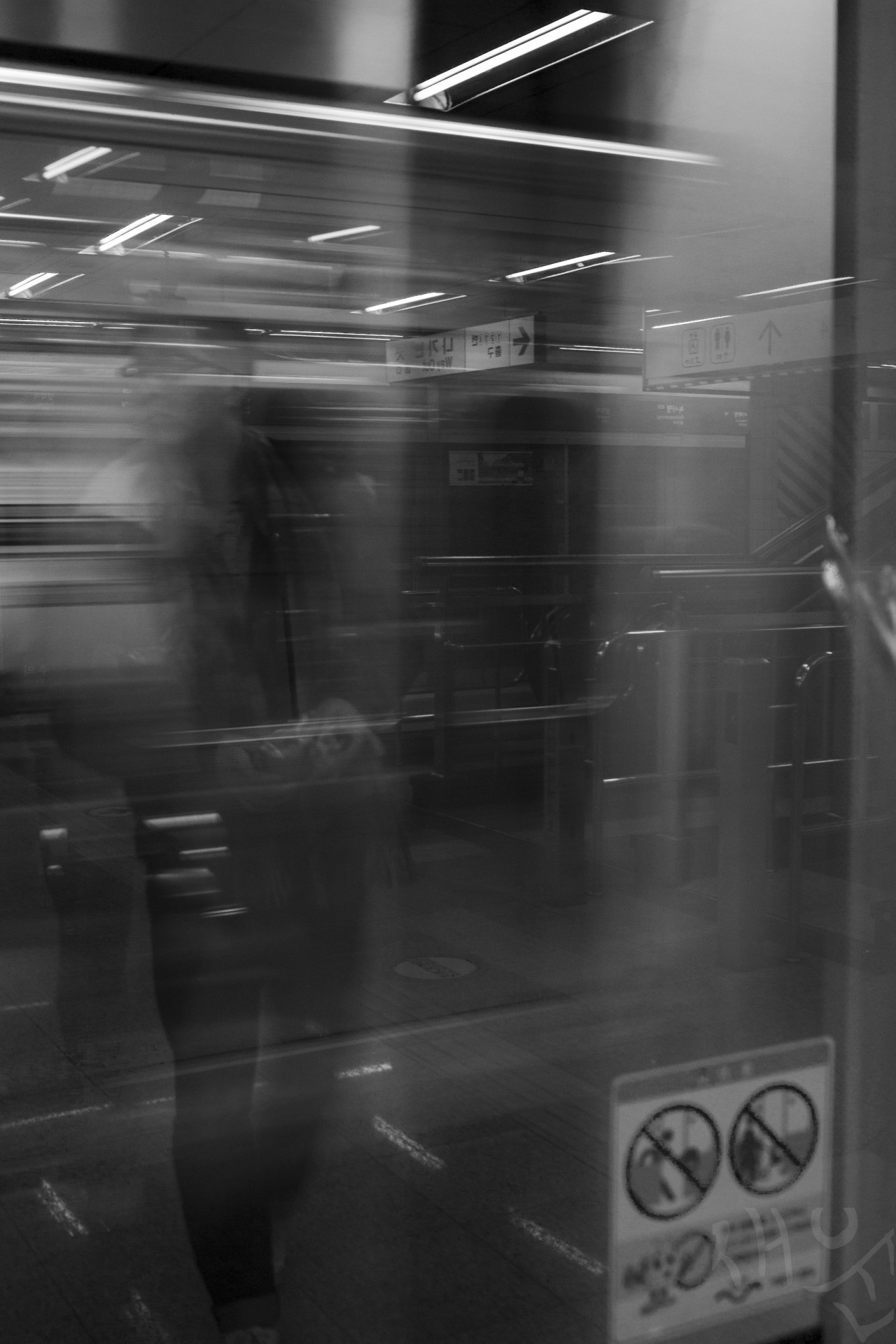* * *
 What I believe about the world we are living in is that everything is interrelated. Memories, events, objects work as fragments forming a certain tale that form a person. People, plants, animals, air, water and everything around us work as collective fragments forming a more collective, holistic tale. Although the essence of this system is relationship that connects each fragment to another, what are visible and seems ‘real’ are only the fragments themselves, seemingly separated and scattered here and there.
What I believe about the world we are living in is that everything is interrelated. Memories, events, objects work as fragments forming a certain tale that form a person. People, plants, animals, air, water and everything around us work as collective fragments forming a more collective, holistic tale. Although the essence of this system is relationship that connects each fragment to another, what are visible and seems ‘real’ are only the fragments themselves, seemingly separated and scattered here and there.
Now, because these relationships are not visible and incomprehensible to the people that are also the fragments themselves, people strive to make sense on their own. Relating things carefully in their own ways, each person creates the world of his or her own. It is them who have the power to give meaning to each piece: transforming nothing into something. In this sense, the process of creation, especially photography and poetry is the most intense type of connecting fragments to me. They are both literal and fictional production of the previous ‘unseen’ images and meanings out of what people usually slip away.
That is why I focus much on people passing by, people that I am familiar with, and objects that I am familiar with. I do not like pictures or literary works that are explicitly exotic from the subject matter. That is why my photos and poems are usually about the things that I know well, but have potentials that I can endlessly go through small and big revelations. I always try to keep them simple but graphic in order to make it understandable when one first encounter the work, but have layers and depth inside as one involve and think more.
 The series that I personally like best from my photo works is the ones I took in the subway. Even though I am the ‘observer’ who is looking the passengers from the outside, I am at the same time another passenger on the subway who is heading somewhere. I am and have to be the part of the scene that I am trying to capture. In this familiar-but-estranged space called the subway, people coexist first in the physical space of the train, second in the individual mental spaces on their own, and third in the unrecognized space of interrelated bonds between them. I expressed these layers of meaning by placing people in this train and another, on this platform and the other in windows, in the form of reflections. There, the strangers are living in the fictional space of mirrors in illusionary figures of reflections, separating themselves and connecting themselves simultaneously.
The series that I personally like best from my photo works is the ones I took in the subway. Even though I am the ‘observer’ who is looking the passengers from the outside, I am at the same time another passenger on the subway who is heading somewhere. I am and have to be the part of the scene that I am trying to capture. In this familiar-but-estranged space called the subway, people coexist first in the physical space of the train, second in the individual mental spaces on their own, and third in the unrecognized space of interrelated bonds between them. I expressed these layers of meaning by placing people in this train and another, on this platform and the other in windows, in the form of reflections. There, the strangers are living in the fictional space of mirrors in illusionary figures of reflections, separating themselves and connecting themselves simultaneously.
In poetry, since it is a more ‘literary’ type, I have to be more skillful in making the work graphic. I usually set the central plot or the situation of the poem that involves sensual images, and then chooses and places the words to create multiple layers that not only show the actual real-life experience that I have gone through, but also the chains of thoughts and revelations that I have gone through. For instance, to explain the process of maturation through painful experiences, I recalled my memory of passing by a broken window. When one is confined inside the limits they set in themselves, they cannot reach beyond that. However, to reach further, one has to break out of the wall. Breaking out inevitably assumes wounds that hurt the person from the fragments that had fallen from the walls that they penetrated. Alternating this process with seeing the broken window while walking around illustrates the unavoidable wound one must suffer in order to grow up.
Many think that creation is burst of new things out of nowhere, but I do not agree. Everything is just there, not blazing but gleaming for someone to find it, relate it with another, and give meaning to it. That is the only thing I can and have to do. (650 words)